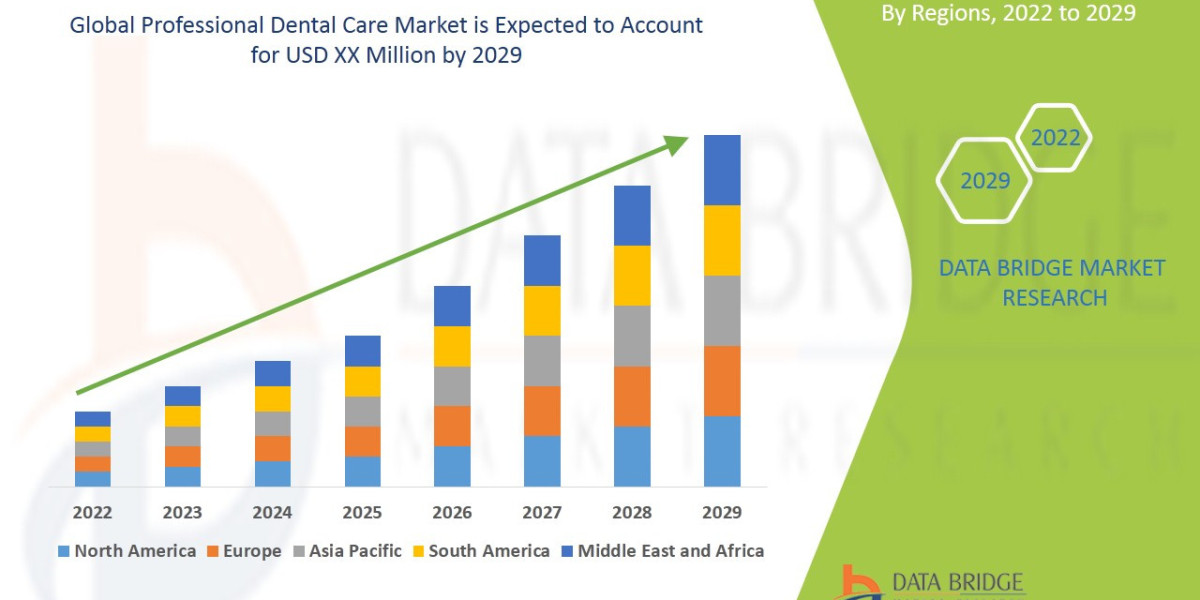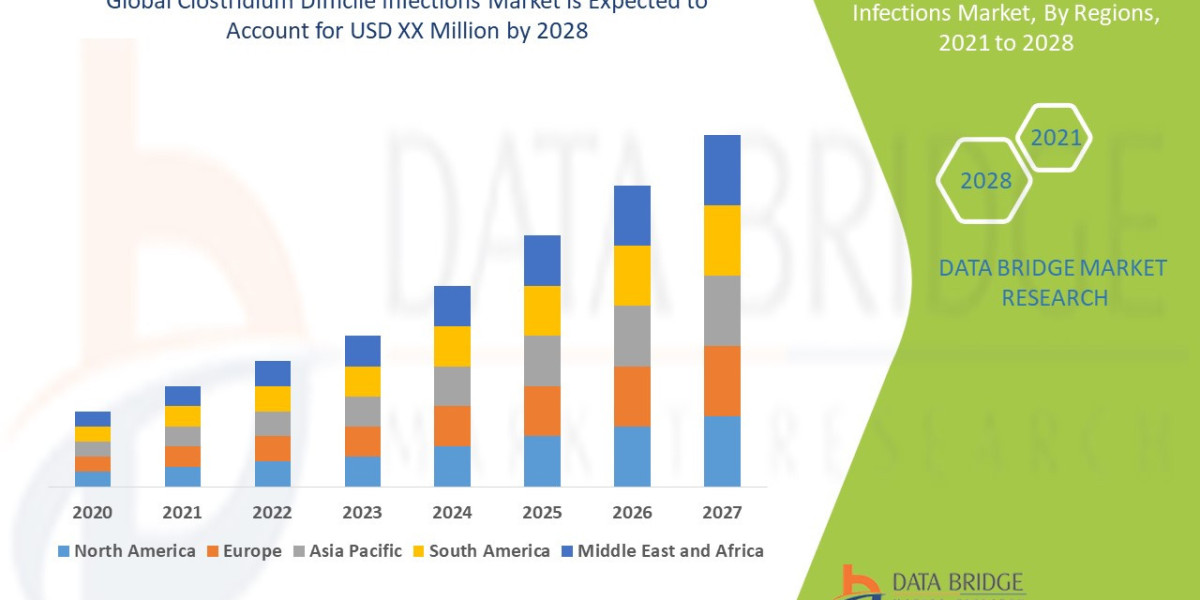In the fast-paced digital age, speed and efficiency are everything. From self-driving cars to smart homes and industrial automation, technology demands instant data processing and minimal latency. This need has given rise to a groundbreaking innovation known as Edge Computing Integration — a transformative approach that brings computation and data storage closer to where data is generated.
At Zoomdoors, we explore how Edge Computing Integration is reshaping the modern technological landscape, bridging the gap between cloud computing and real-world applications. This article will take you through what edge computing is, how integration works, its real-world use cases, and why it’s crucial for the future of digital transformation.
What Is Edge Computing Integration?
Edge Computing Integration is the process of combining edge computing architecture with existing IT infrastructures, including cloud, IoT, and AI systems, to enable faster, smarter, and more efficient data processing.
In simple terms, edge computing means processing data closer to its source — such as IoT devices, sensors, or local servers — rather than relying solely on centralized cloud data centers. Integration ensures that these edge systems work harmoniously with other technologies and networks to achieve seamless communication and data flow.
For example, when a self-driving car detects an obstacle, it cannot afford to send data to a distant cloud server and wait for a response. Edge computing ensures that decisions are made instantly on-site. Integration connects this edge device to the broader ecosystem — from cloud analytics to AI models — ensuring both speed and intelligence.
How Edge Computing Integration Works
The process of integrating edge computing involves combining hardware, software, and data frameworks into one interconnected environment. Here’s how it typically functions:
Data Collection at the Edge:
Devices like sensors, cameras, or IoT machines collect data at the network edge — the physical location where data originates.Local Processing:
Instead of sending all raw data to a distant cloud, edge devices process it locally. This reduces bandwidth usage and improves response times.Cloud Synchronization:
Processed data or summaries are then sent to the cloud for long-term storage, advanced analytics, and AI model training.Integration and Orchestration:
Through APIs, software frameworks, and hybrid infrastructures, the edge and cloud environments are synchronized. This ensures smooth communication between devices, applications, and centralized systems.
The key to successful Edge Computing Integration lies in creating a balanced hybrid system that leverages both the speed of edge computing and the power of cloud computing.
Why Edge Computing Integration Matters
The modern world runs on data — and data is growing at an exponential rate. With billions of devices connected through the Internet of Things (IoT), traditional cloud computing models often struggle with latency, bandwidth costs, and security risks.
Edge Computing Integration solves these challenges by offering:
Reduced Latency: Data is processed locally, ensuring real-time responses.
Improved Reliability: Even if internet connectivity fails, edge devices can continue functioning independently.
Enhanced Security: Sensitive information can be processed and filtered locally before transmission.
Optimized Bandwidth: Only relevant or summarized data is sent to the cloud, reducing network congestion.
By merging edge and cloud systems, businesses gain the speed of local processing and the scalability of cloud computing, achieving the best of both worlds.
Key Applications of Edge Computing Integration
Edge Computing Integration is not limited to one industry—it’s driving innovation across multiple sectors. Let’s explore its most impactful applications:
1. Smart Cities
Edge computing is revolutionizing how urban environments operate. Smart sensors installed in traffic lights, waste bins, and surveillance systems collect and process data in real-time. Integration ensures that this data flows seamlessly to central city management platforms for analytics and decision-making.
This results in improved traffic flow, energy efficiency, and public safety — all achieved with minimal latency.
2. Healthcare and Telemedicine
In healthcare, milliseconds can save lives. Edge Computing Integration allows patient data from wearable devices, monitors, and medical scanners to be analyzed instantly at the point of care.
For example, a wearable heart monitor can alert doctors immediately in case of irregularities without needing to send data to the cloud first. Integration ensures that this real-time insight is securely connected to hospital databases and medical AI systems.
3. Manufacturing and Industry 4.0
Factories are becoming smarter with IoT-enabled machines that monitor performance, detect faults, and optimize production. Edge Computing Integration allows these machines to process data on-site while still communicating with central control systems for analytics.
This approach minimizes downtime, enhances quality control, and supports predictive maintenance — leading to higher productivity and lower operational costs.
4. Retail and Customer Experience
In retail, every second counts. Edge computing enables real-time inventory tracking, personalized customer interactions, and AI-driven recommendations directly within stores. Integration ensures this local intelligence connects with cloud-based systems for large-scale analysis and insights.
Imagine a smart mirror that instantly recommends outfits based on what you try — that’s edge computing at work, powered by seamless integration.
5. Autonomous Vehicles and Transportation
Self-driving vehicles depend on instant data interpretation from cameras, sensors, and GPS systems. Edge Computing Integration allows this information to be processed locally for immediate decisions, while cloud connectivity ensures long-term updates and traffic management coordination.
This dual setup enhances safety, precision, and responsiveness on the road.
Benefits of Edge Computing Integration
Integrating edge computing into modern infrastructures brings several advantages:
Speed and Efficiency: Localized data processing ensures rapid decision-making.
Cost Reduction: Reduces the need for high-bandwidth cloud connections and storage.
Scalability: Businesses can easily scale operations by adding more edge nodes.
Enhanced Privacy: Local data handling reduces the risk of breaches and data exposure.
Resilience: Edge devices can operate autonomously, ensuring uptime during network disruptions.
At Zoomdoors, we believe these benefits are paving the way for a more intelligent, efficient, and connected world.
Challenges in Edge Computing Integration
While promising, Edge Computing Integration also presents certain challenges:
Complex Infrastructure: Managing thousands of distributed edge nodes requires advanced orchestration tools.
Data Synchronization: Ensuring consistency between edge and cloud systems can be difficult.
Security Risks: Decentralized systems must be safeguarded against localized cyberattacks.
Cost of Deployment: Initial investment in edge infrastructure can be high, though it pays off long-term.
Organizations must plan carefully to achieve a smooth, secure, and scalable integration strategy.
The Future of Edge Computing Integration
The future of digital transformation depends heavily on edge computing. As 5G networks, AI, and IoT technologies continue to advance, Edge Computing Integration will become the backbone of connected ecosystems.
We’ll soon see:
AI at the Edge: Smarter devices capable of real-time decision-making without cloud dependency.
Hyper-Automation: Seamless machine-to-machine communication across industrial systems.
Decentralized Cloud Architectures: Hybrid infrastructures that balance edge and cloud workloads dynamically.
Enhanced Security Frameworks: AI-driven security protocols that protect distributed environments.
Businesses that embrace this evolution early will gain a significant competitive edge in speed, agility, and innovation.
Conclusion
Edge Computing Integration is not just a trend — it’s the next evolutionary step in the digital revolution. By moving computation closer to where data is created and integrating it with existing IT and cloud ecosystems, organizations can achieve unmatched speed, security, and scalability.
From smart cities to healthcare and beyond, this technology is transforming industries and enabling a new era of intelligent connectivity.
At Zoomdoors, we’re committed to exploring how innovations like Edge Computing Integration can drive progress, empower businesses, and shape the connected future of tomorrow.








